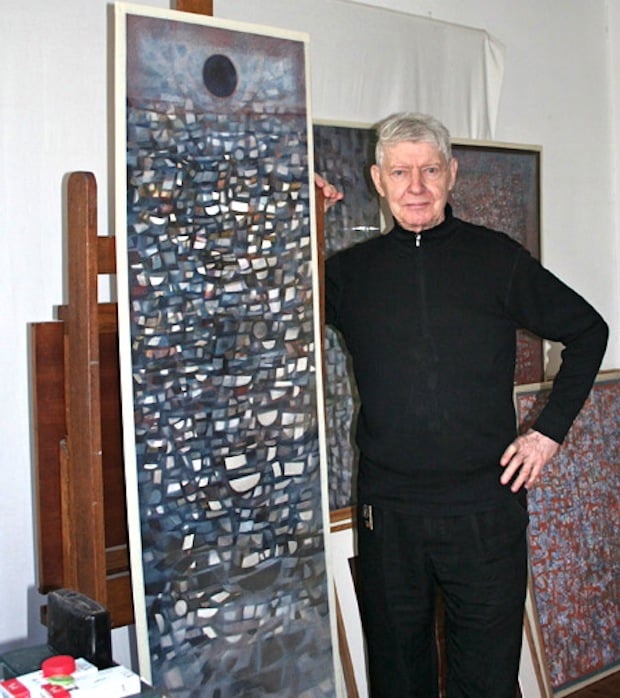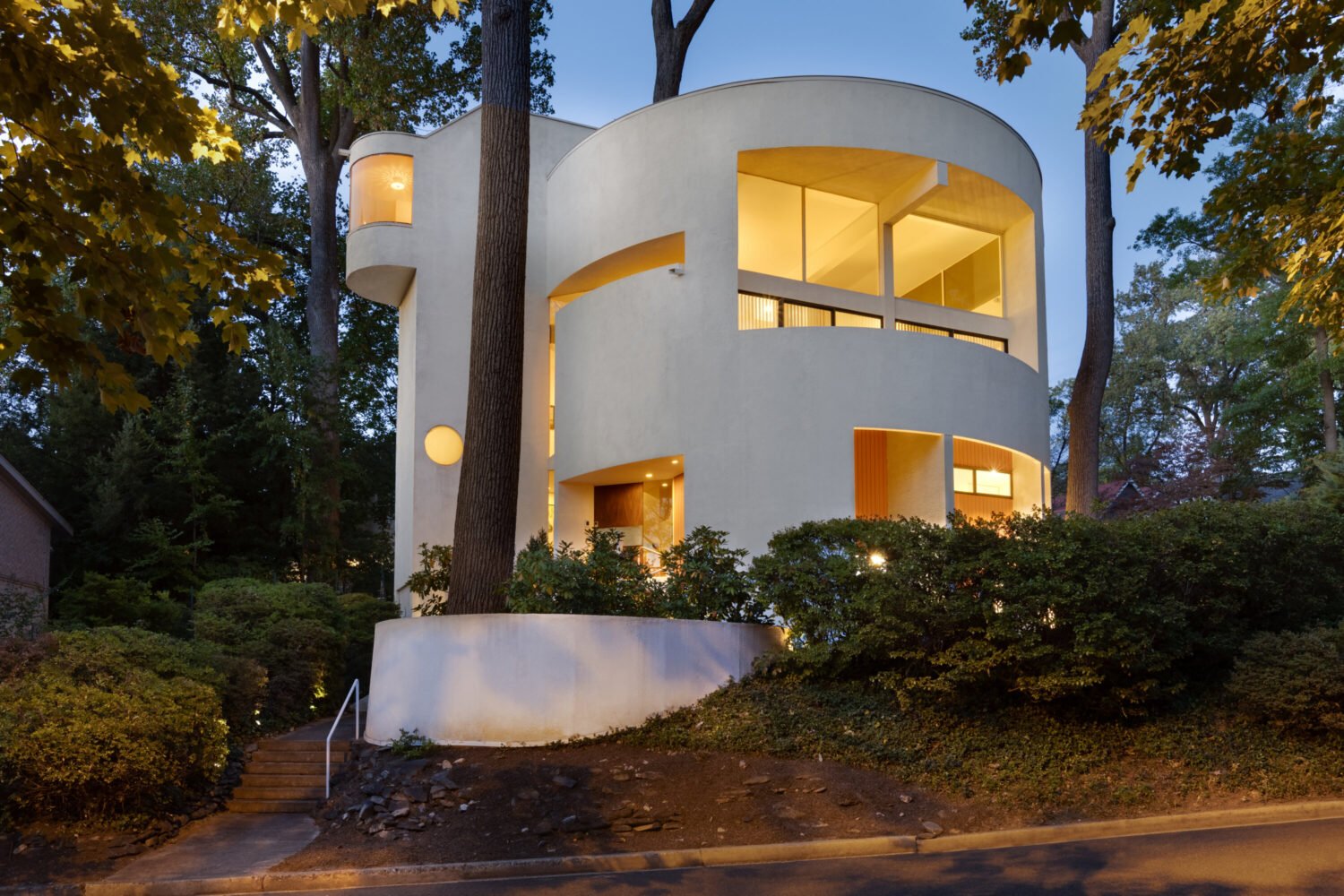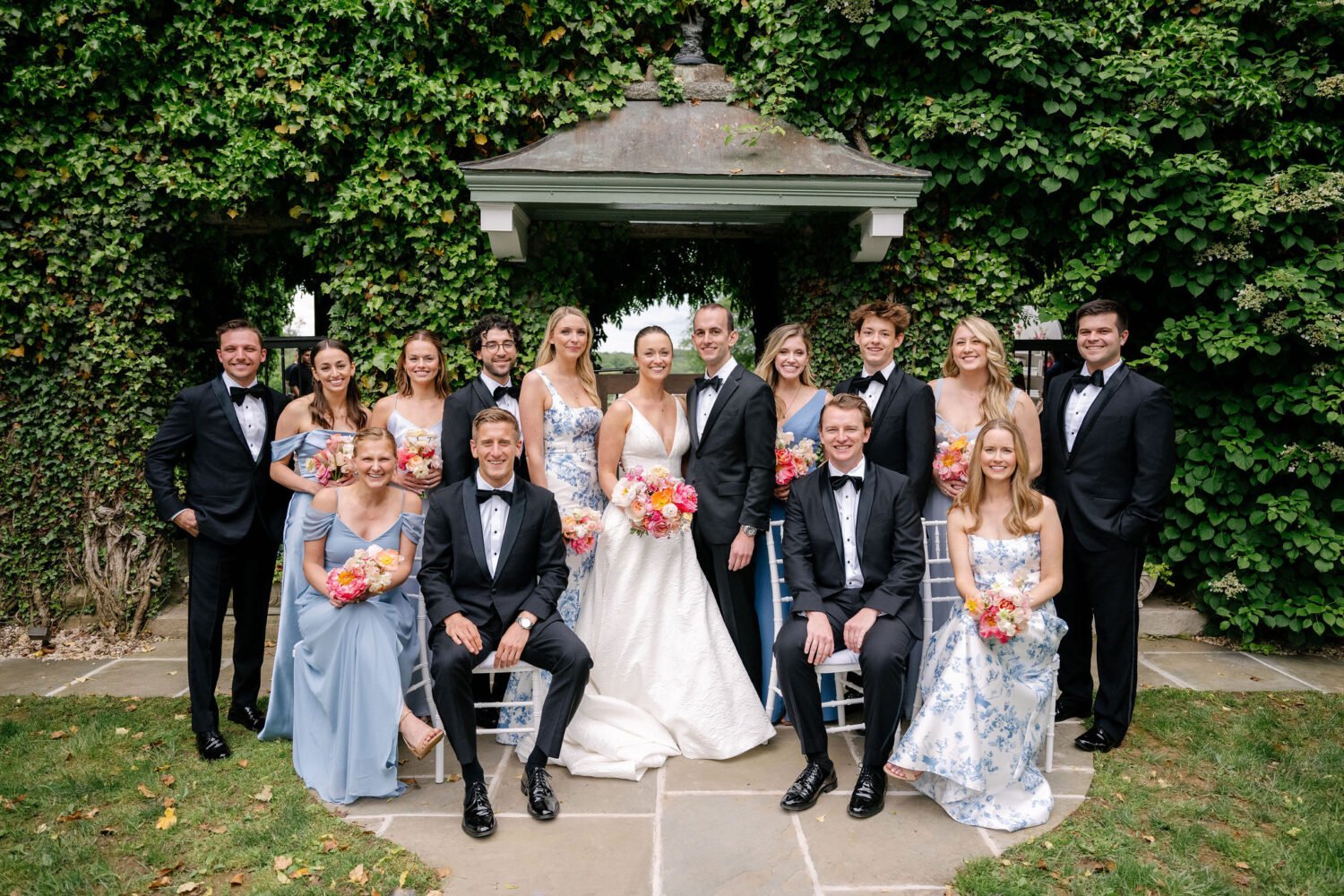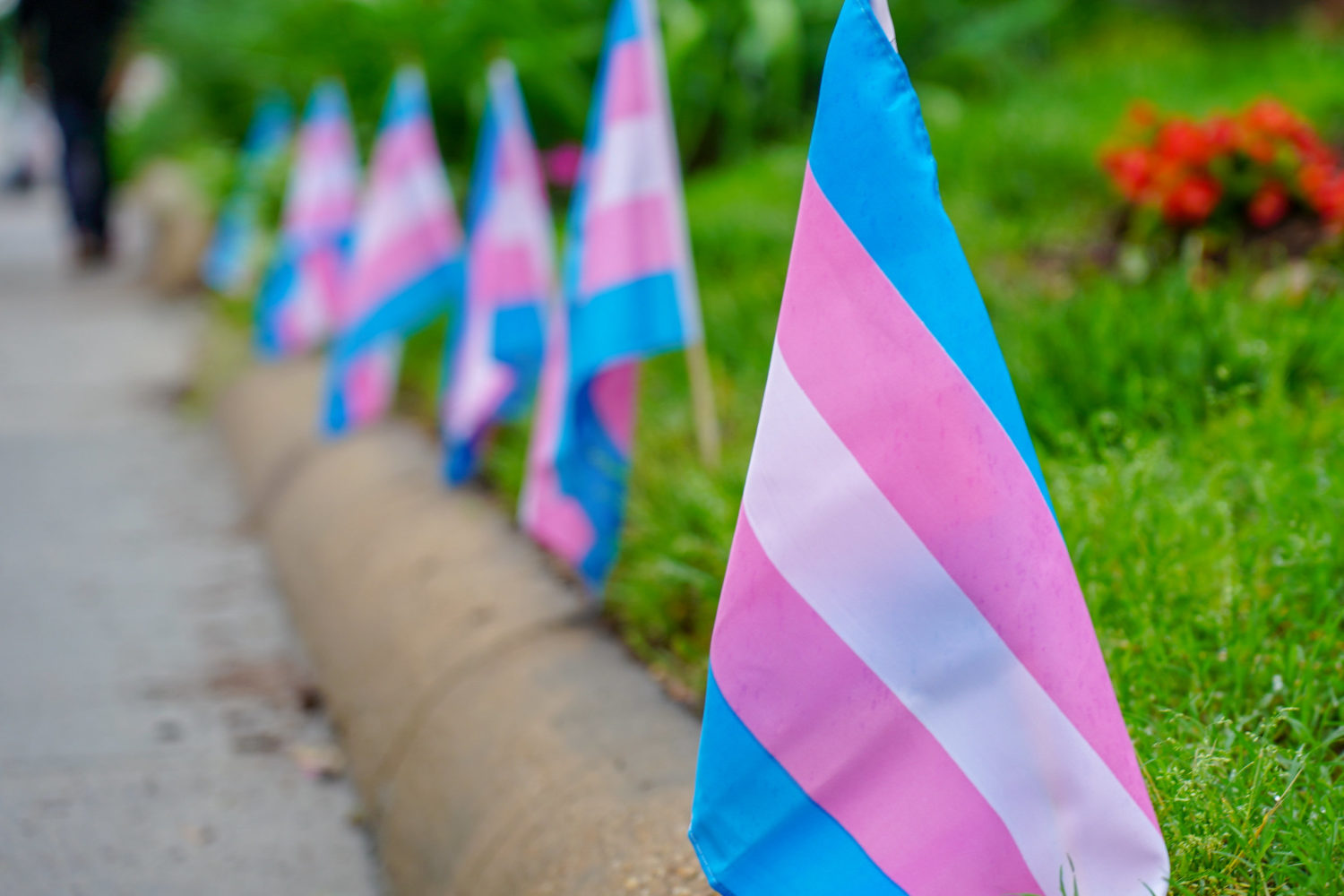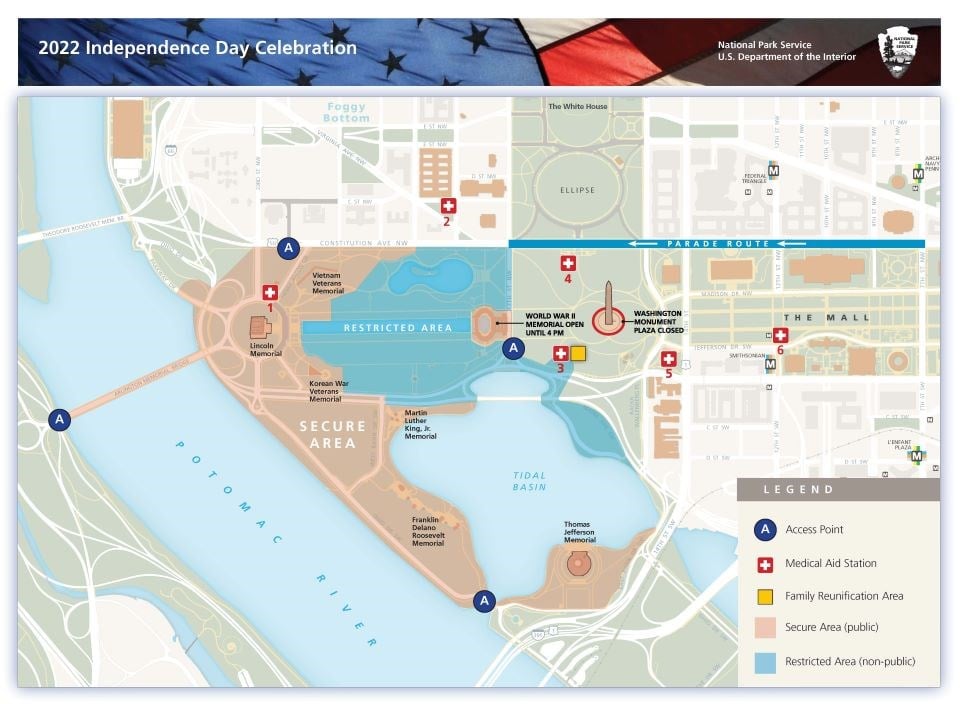After the first day, the hotel clerk made me ask for my room key in French. When I first arrived, he had produced a cream-colored envelope. “A letter for you, Madame. The gentleman brought it this morning.”
The gentleman was artist Arthur Hall Smith. Arthur died last year, a month short of his 84th birthday. He moved to Paris a decade before I traveled there to interview him in 2007. His paintings and drawings are so well regarded that the Corcoran Gallery of Art held a 10-year retrospective of his work the year Jack Kennedy became president.
I’ve been thinking about Arthur more than usual lately, partly because of the exhibition Arthur Hall Smith: In Memoriam, which opened yesterday and runs through April 4 on the campus of GW. But also because I finally completed my doctorate, in which Arthur played an integral role.
When Diane Apostolos-Cappadona, one of my professors at Georgetown, learned that I planned to write about museum founder Duncan Phillips and painter Mark Rothko, she thought it imperative that I interview her dear friend Arthur, who knew both subjects. Hired by Phillips in 1959 to work at the Phillips Collection, Arthur remained at the museum for 14 years as a curatorial assistant, tour guide, lecturer and, on occasion, handyman. There, in January 1961, he witnessed Rothko’s first visit to the Rothko Room.
“I will impose my taste on you,” Arthur said to me during our interview. “In my opinion, Green and Maroon is the greatest Rothko [that Phillips purchased]. It is more subtle and also more complicated.” I agreed with Arthur that day about the standout among the four paintings in the Rothko Room at the Phillips Collection—and most often, I still do. There are times, however, when Orange and Red on Red astounds me.
Even before he graduated from high school in Norfolk, Virginia, Arthur aspired to an artist’s life in Paris. In 1951, when he was 21 years old, Arthur was awarded a Fulbright scholarship that allowed him to study art at the Ecole des Beaux-Arts (School of Fine Arts) across the Seine from the Louvre. He pointed it out to me on one of our bus rides.
It had been arranged that we would break our interview into two sessions on different days. My husband, fiction writer Richard Birken, had regaled me with tales of gazing at the Eiffel Tower from a sleeping bag during his undergraduate years, but this was my first time in Paris. I planned to spend my other days sight-seeing. But I didn’t know in advance that Arthur would take it upon himself to play tour guide. He carved out time for me every other day during my week in his adopted city.
Arthur served in the Army during the Korean War. While we waited for le Metro long past the evening rush one night, he expounded on how one should never force an artist to drive a tank. Tears filled my eyes, not because of the sadness of war he relayed, but because he made me laugh so hard. The train platform became a stage for the story of his unsuccessful tank maneuvers.
After Korea, Arthur returned to the States to study under abstract painter Mark Tobey at the University of Washington in Seattle. From there, he came to DC, where he worked in federal jobs until his interview with Phillips.
Many people in the Washington area remember Arthur as a caring professor at George Washington University, where he taught art for 25 years. “The inspiration he gave to his many students is legendary,” art historian Barbara Stephanic told me, for example. During his GW years, Arthur would return to Paris each summer to paint at the studio where I interviewed him. After retiring from the university, he lived and worked year-round on the fourth floor of a Paris building with elements dating back to the 15th century. On the rue Visconti, where neighbors knew him as “le Professeur,” galleries of African and South American antiquities line the street.
It was a mild November the year Arthur led me to Notre Dame, Sainte Chappelle, and cafés known only to Parisians. The Beaujolais Nouveau debuted that week. He would write me later that he would think of me in following years when France uncorked its young wine.
My favorite letter from Arthur refers to his continuing excitement as an artist despite entering his 80th year: “Among my birthday presents was a whole set of new paints manufactured in Australia of all places, which are water soluble but handle like oil. Can’t wait to try them out. The lure of the unexpected faced with a new media that has to be mastered, like having to ‘break’ a horse.”
His mastery of several media—including oil, ink, acrylic wash, and crayon—is evident at the exhibit on GW’s campus. Organized by Jeffery and Barbara Stephanic and John Morrell, the show features 52 works spanning more than six decades. For The Canals of Chartres: Moon After Rain (1984) and Brick Kiln, Maine (1980), Arthur used a “brutalized lines” technique he taught his students. (One of his instruments was the hard brush from an ink eraser.) Descent of the Dove (1963) and Dove Ascending (2006) showcase his interest in spiritual subjects. A lithograph from his Lazarus series is also on display.
Perhaps most striking to me: Several of the paintings in the exhibit call to mind pieces of floating paper. They make me think of the cream-colored envelope that contained my first letter from Arthur, the one that began “Welcome to Paris.”
Arthur Hall Smith: In Memoriam runs March 13 through April 4 at the Luther W. Brady Art Gallery, 805 21 St., NW. It is open to the public Tuesday through Friday, 10 AM to 5 PM.
Pamela Carter-Birken is a freelance writer who covers the arts and humanities. She lives in Arlington.

